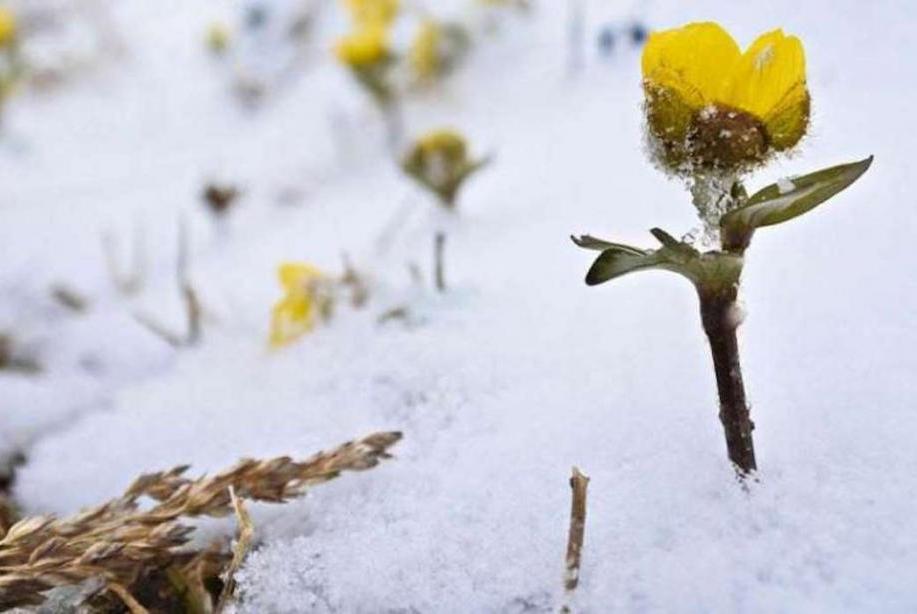|
By Dieta Jones-Baumgardt Something doesn’t feel right about looking outside right before Christmas day and seeing green grass. Maybe it is from hearing the countless Christmas songs that sing of a white holiday or watching movies that show a beautiful white wonderland. Snow and ice are dominant features of our Canadian landscape, synonymous with our winters. Both play an important role in the climate system. Over the past few years, more and more studies are focusing on the impacts of reduced snow cover. On the large scale, the presence of snow and ice on the earth’s surface help to moderate climate through the reflection of sunlight back into the atmosphere. On the smaller scale, without the snow cover, species will decrease and potentially become extinct. For example, Luoto, a professor in natural geography from the University of Helsinki, predicts that many iconic species of the Arctic areas, such as the glacier buttercup, will decrease significantly due to the changing snow situation. Many of the species in the northern mountains only thrive in areas with snowdrifts. Luoto conducted a study in the Arctic, where snow cover has dramatically changed, and found that decreasing drifts will increase the risk for extinction for plants like the snow buttercup, mountain sorrel, and mossplant; some of the most iconic species of the region.
Overall, changes in snow and ice affect the behaviour of the climate system and have direct impacts on water resources, terrestrial and marine ecosystems, wildlife, economic activities and human well-being. Although we can predict temperatures fairly accurately, it is more difficult to predict rainfall and with snow, it is even more uncertain. To predict the effect of warming on snow cover, it is really difficult. Studies like this from Luoto are helpful to understand how reduced snow cover will impact biodiversity. Using the information from the Arctic is a helpful starting point to understand how to better mitigate biodiversity losses in other areas. Hopefully with new research and more noticeable climate changes like green grass on Christmas, solutions can be made to protect our biodiversity. Reference: Pekka Niittynen, Risto K. Heikkinen, Miska Luoto: Snow cover is a neglected driver of Arctic biodiversity loss, Nature Climate Change letters. https://doi.org/10.1038/s41558-018-0311-x
5 Comments
|
ELB MembersBlogs are written by ELB members who want to share their stories about Ontario's biodiversity. Archives
January 2023
Categories
All
|



 RSS Feed
RSS Feed